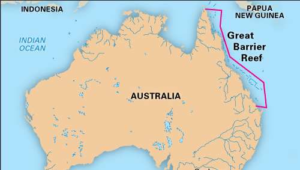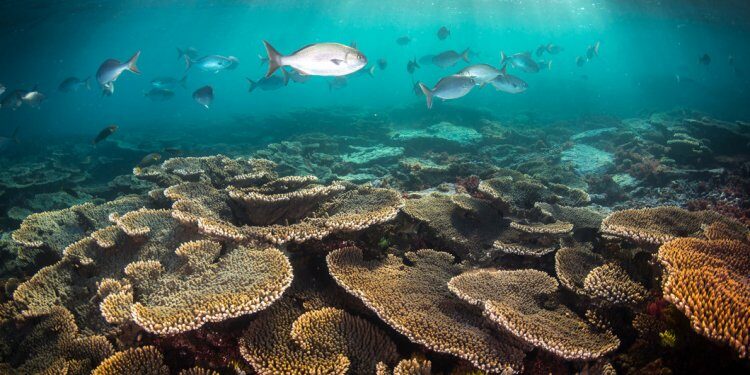In news
The World Heritage Committee under UNESCO has proposed to downgrade the status of Australia’s Great Barrier Reef, recommending it to be added to the list of World Heritage sites in danger’
Reasons for downgrade
- Severe environmental degradation in the Barrier reef.
- Declining population of corals
- In the last five years, the Great Barrier Reef has suffered three bouts of mass coral bleaching events that drain corals of their bright colours and led to their population decline by half since 1995 as ocean temperatures have climbed.
Impact
The recommendation could add one of Australia’s most prominent natural features to a list of 53 sites in the endangered category, which could take some of the sheen off the reef’s attractiveness as a tourist hotspot and revenue generator for the country.
Other sites which have been downgraded are:
The cities of Venice, Budapest and Liverpool, as well as the Tanzania Game Reserve.
Determining the list of endangered heritage sites
The list of endangered heritage sites is designed to inform the international community when the very factors that make a site worthy of being deemed a World Heritage Site are at risk, and to spur “corrective action”.
One of the criteria for determining whether a natural heritage site should be placed in the endangered category includes a “serious decline” in the population of an endangered species that the site was meant to protect.
About the reef:
- The Great Barrier Reef, located in the Coral Sea off Australia’s East Coast, is the largest coral reef(coral reef ecosystem) in the world.
- Stretching over 2,300km.
- The reef has been designated a World Heritage site since 1981 for its “enormous scientific and intrinsic importance”.
- The Reef has a global reputation for its turquoise waters, kaleidoscopic corals, abundant life and over 900 islands. This includes the Whitsunday Islands, Lizard Island and Heron Island.

- It can be seen from outer space and is the world’s biggest single structure made by living organisms.
- It contains the world’s largest collection of coral reefs, with 400 types of coral, 1,500 species of fish and 4,000 types of mollusc.
















